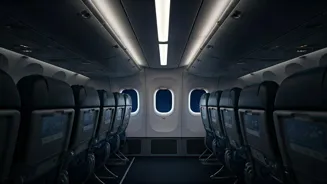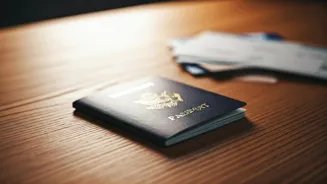Red-Eye Flight Defined
Red-eye flights are essentially overnight flights, typically departing in the late evening and arriving the following morning. This scheduling is primarily
designed to maximize the use of aircraft and airport resources, as well as accommodate travelers aiming to maximize their time at their destination. While the term is commonly used, it's worth noting that the specific times for a red-eye flight can vary depending on the route and the airline's schedule. These flights can be a practical option for those aiming to save on vacation time or have specific time constraints.
The Pros Unveiled
Red-eye flights offer some appealing advantages. One significant benefit is the ability to save on vacation time. By flying overnight, you avoid spending a full day traveling and can head straight to your activities once you land. Additionally, red-eye flights can be less crowded than daytime flights, especially during peak travel seasons, offering a potentially more relaxed and spacious experience. Also, red-eye flights may be cheaper than daytime flights, depending on demand. For those with specific time limitations or a desire to maximize their stay at a destination, these flights offer a compelling, time-efficient solution to ensure a productive travel plan.
Cons: What to Expect
Despite their advantages, red-eye flights present certain downsides that travelers should consider. The most obvious is the disruption to your sleep schedule. Being crammed into an airplane seat and attempting to sleep can prove difficult for many, potentially leading to fatigue and jet lag upon arrival. Moreover, you will likely find yourself landing early in the morning, when your destination’s services may not yet be fully operational. This makes it difficult to check into your hotel. The reduced legroom and cramped spaces typical of most airplane cabins further amplify these discomforts. Ultimately, you'll need to weigh the time-saving benefits against the potential for a less-than-ideal sleep experience.









